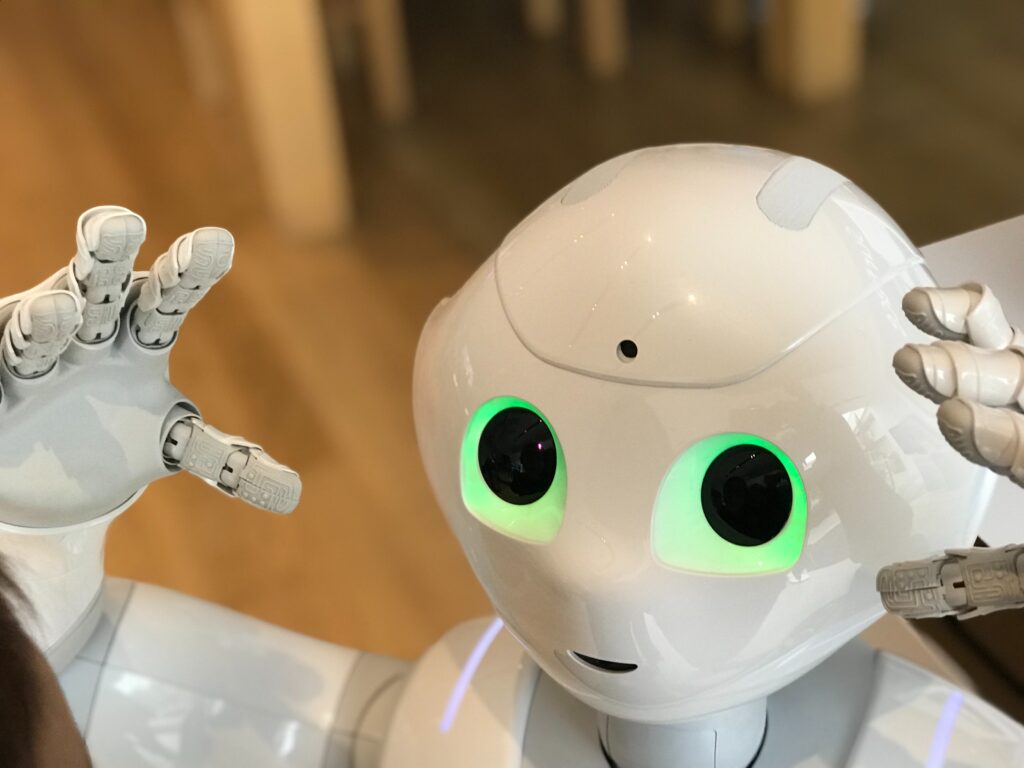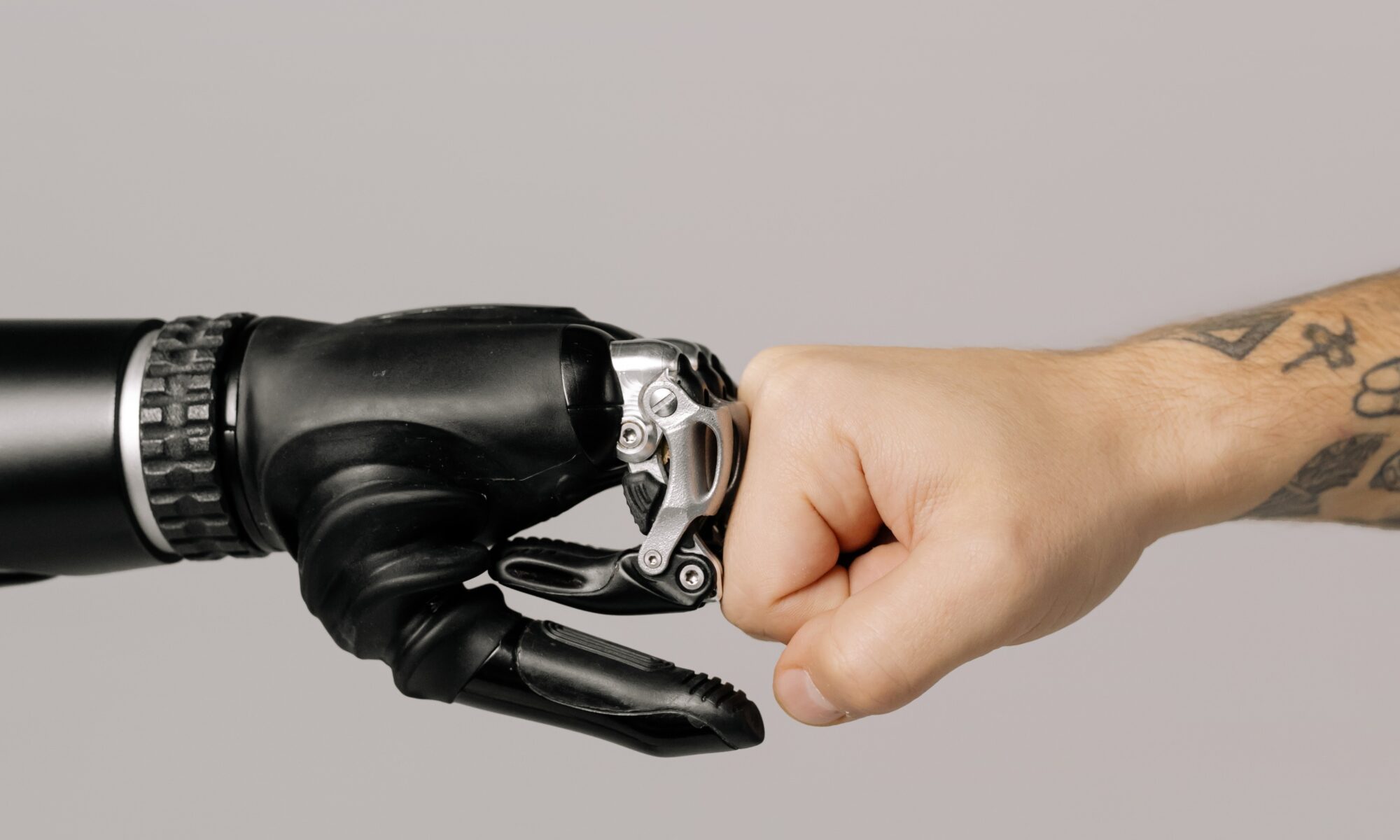Masahiro Mori, a robotics professor from Japan, coined “Uncanny Valley” as a term. He hypothesised that as robots start looking more and more like humans, people begin to empathise with them. However, if they mimic humans too closely but just not perfect, people tend to get highly creeped out at that point.
A chart with x-axis as a scale for human likeness and with the y-axis as a scale of how familiar the robot would be to a human observer looks something like this:
With giant industrial robots that do not look like humans, we feel a comfortable lack of familiarity. However, the situation is slightly different for more human-like robots like humanoid robots. The more human-like the robot looks, the more we find it familiar. Still, at one point, just short of it being indistinguishable from a real human being, we find it extraordinarily unfamiliar and alien.
Similarly, corpses and zombies are other things that are very much like a human but not really, which is also partially why they’re considered scary worldwide across all cultures.
The uncanny valley exists, but why?
Some Theories
Cognitive Theories of Identity
“The sorites paradox: If a heap is reduced by a single grain at a time, at what exact point does it cease to be considered a heap?” – Sorites Paradox
One theory is based on the Sorites Paradox. Human and non-human are two distinct “qualities”, and their interaction causes vagueness and uncertainty in human beings. The paradox asks for the difference between a single grain of sand and a heap. If removing a single grain of sand from a heap can reduce it, isn’t one single grain of sand and a heap effectively the same?
Instead of being two separate states, a continuum then emerges between the two states of being human and non-human. For example, a robot that looks extremely like a human but just isn’t is like a single grain pretending to be a heap while technically still fitting the definition of a heap. Similarly, the robot is both human and non-human at the same time.
We might even subconsciously think that our core identity is being threatened. These robots will redefine what it is to be human, and a supposedly impending threat to human distinctiveness in their unique identity leaves people feeling weirded out.
Some might also view these robots as unnatural and violating human norms.
Evolutionary Theories
Humanoid robots that look uncanny might trigger a pathogen avoidance response. So, for example, if something feels off about a person to us, it very well might be due to certain diseases in that person that our bodies are trying to protect us.
In the case of eerie human-like robots, the strangeness of the object makes us feel disgusted. Our aversion to these is very similar to how we react to corpses.
There is also the theory of mate selection. According to this theory, we feel averse to these strange hybrid looking robots because we have an evolved cognitive mechanism that tells us without us explicitly knowing that what’s in front of us is too ‘defective’ to be a mate. So essentially, our body tells us that we’re being cat-fished by an alien.
In terms of biology, this can be defined as low fertility, poor immune systems, and a general observation of lack-lustre innate ability to bear children or to be a provider.
Implications
The feeling of strangeness gives us cause not to find the robots trustworthy, which significantly impacts human-robot interaction. For example, student training can be elevated with a simulation that behaves exactly as a human would in medical usage. However, students can often behave differently since the simulation triggers different responses than actual humans. The uncanny valley is thus a massive barrier in artificial intelligence and robotics applications.
DARPA created the world’s first robot psychologist, Ellie. She uses real-time sensors to detect signals of mental health issues. A study even states that people might be more forthcoming to a robot than a human because they can evade the guilt from fear of perceived judgement. But for the interaction to feel natural, Ellie has to overcome any robotic qualities that might make people uncanny.
Tackling the uncanny valley can come in handy even in the entertainment sector. Recently, Sonic the Hedgehog faced severe backlash online for the stylistic choice of the character. The creative team made Sonic look eerily human but not entirely, and people found that creepy. As a result, Sony had to push back the release date and completely redesign the character.
Beloved movies like Tintin and Lion King were also victims of the uncanny valley. The Adventures of Tintin was received with horror by fans. The 3D animation style left the character with unnervingly dead eyes. One of Disney’s many successful live-action remakes, Lion King, while being a visual masterpiece, left the audience feeling disturbed with dance numbers and generally doing things realistic animals would not.

Fixing the Design
According to theoretical research, there might always exist an uncanny wall. So maybe, no matter how realistic AI or robots get, we humans might always be able to tell whether something is human or not. But, for now, design flaws that make robots seem uncanny to us can be fixed.
Bringing realism to the outcome is of the essence. As such, the mixing of human and non-human elements should be avoided. For example, if something appears to be a robot and speaks in an oddly human voice, people are bound to get creeped out by it. Therefore, the robot should only behave as human as it looks. The appearance and behaviour should not conflict.
The behaviour and the abilities should be per appearance. Our brain doesn’t care if something is a robot or not; it simply wants the expectations associated with it to be met.
Closing thoughts
Technology is on the rise. AI, robots, animation and the likes are on the path to take over. There is even a virtual Instagram model, Miquela, with over three million followers.
New technologies are popping up every day, but will there ever be a robot that would break through the uncanny valley and finally become the first humanoid robot that doesn’t make people feel paranoid? Can machines finally overcome basic human biology and psychology and make us forget that they’re made of metal and wires?
I mean, who knows.
Written by Osheen Jain
Edited by Suranjan Das
